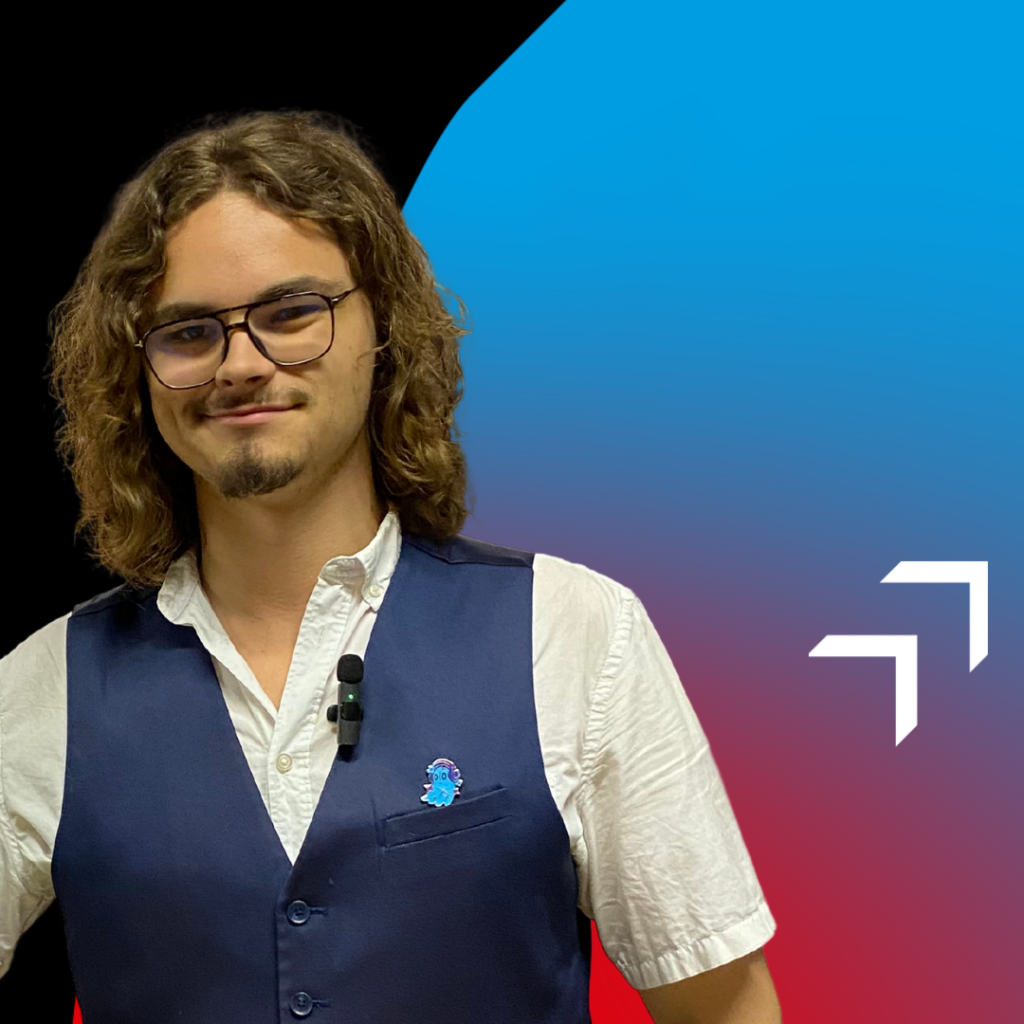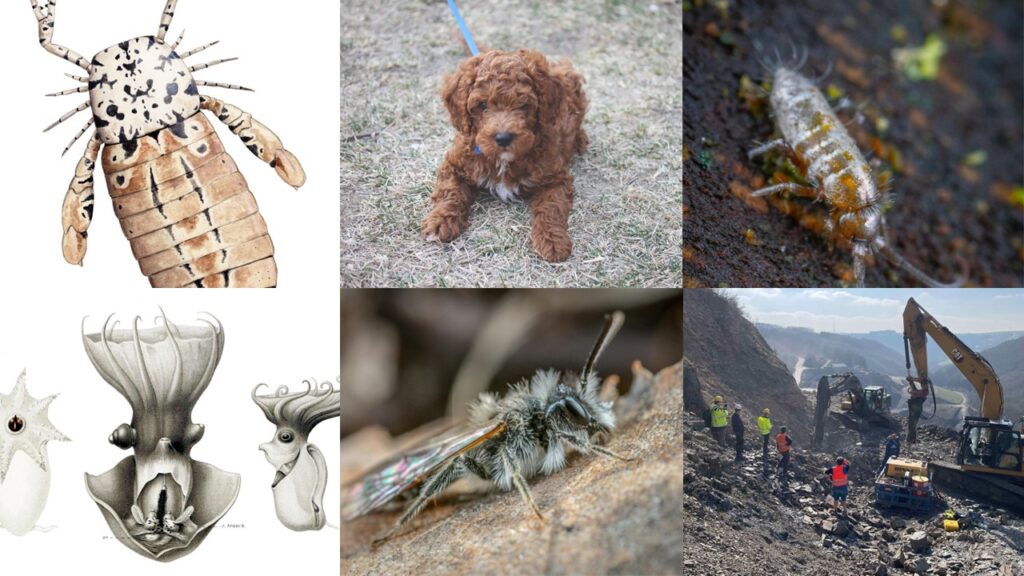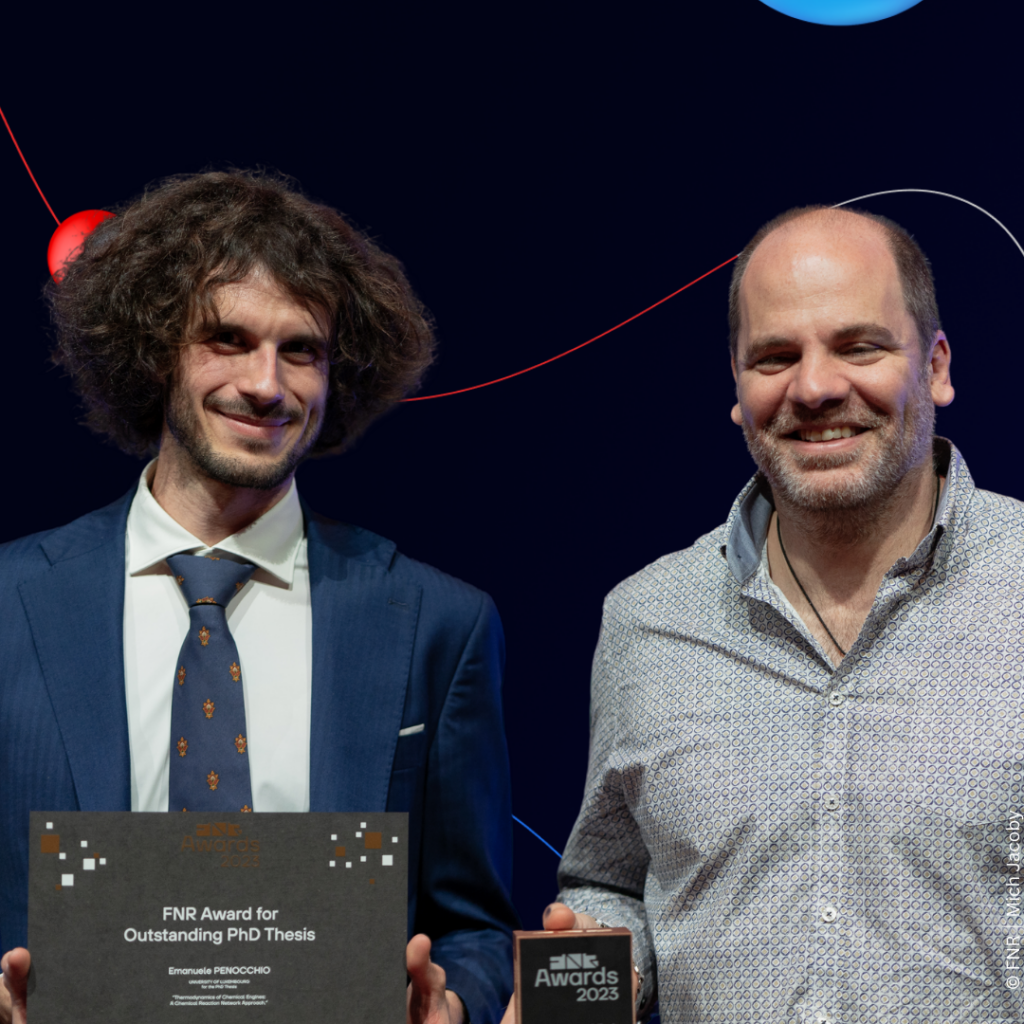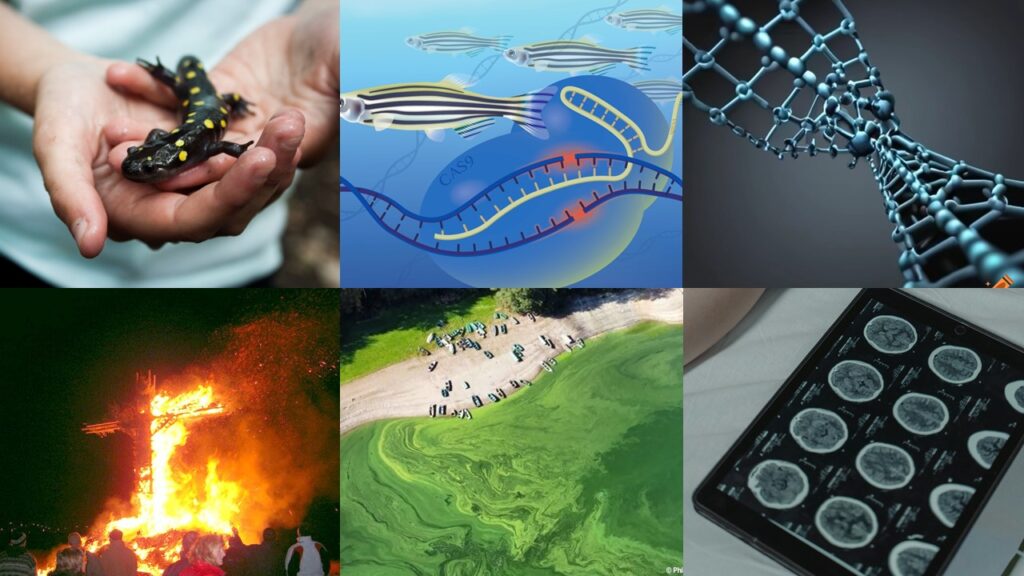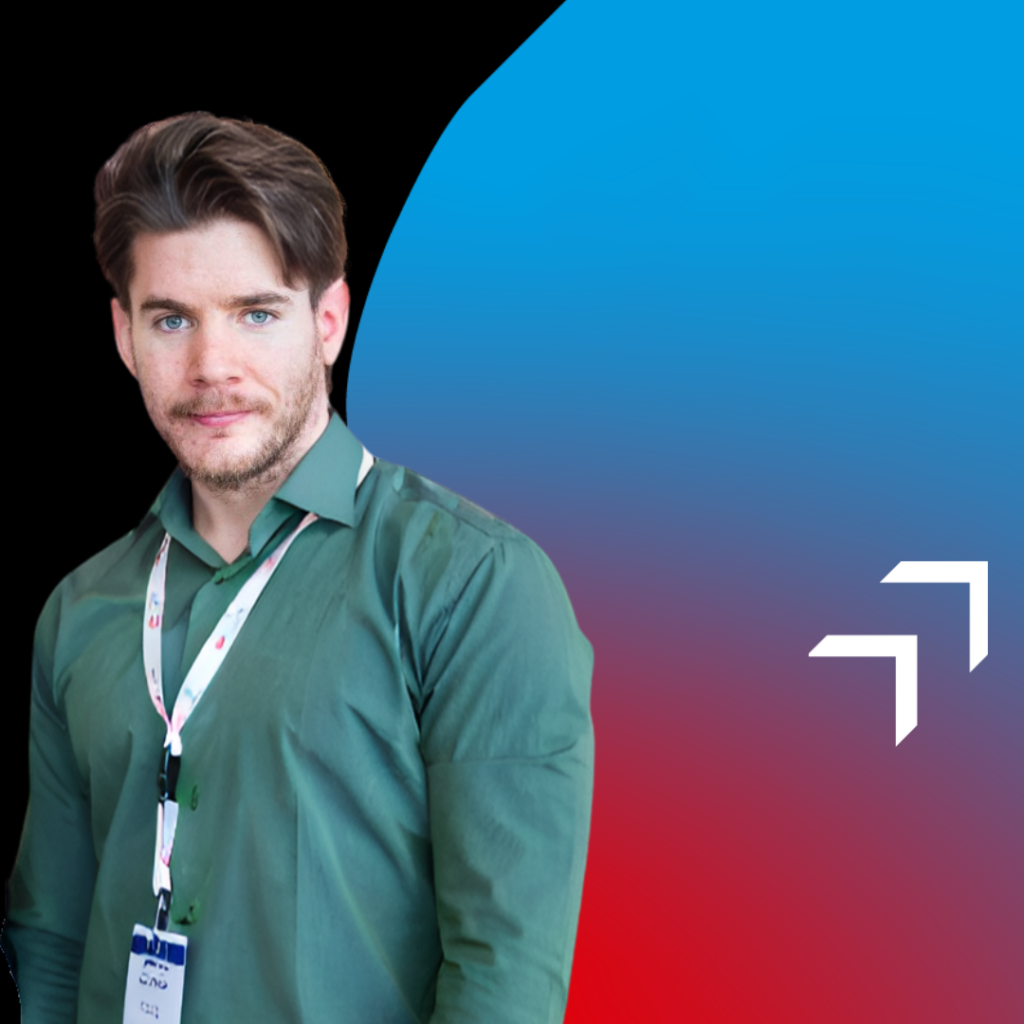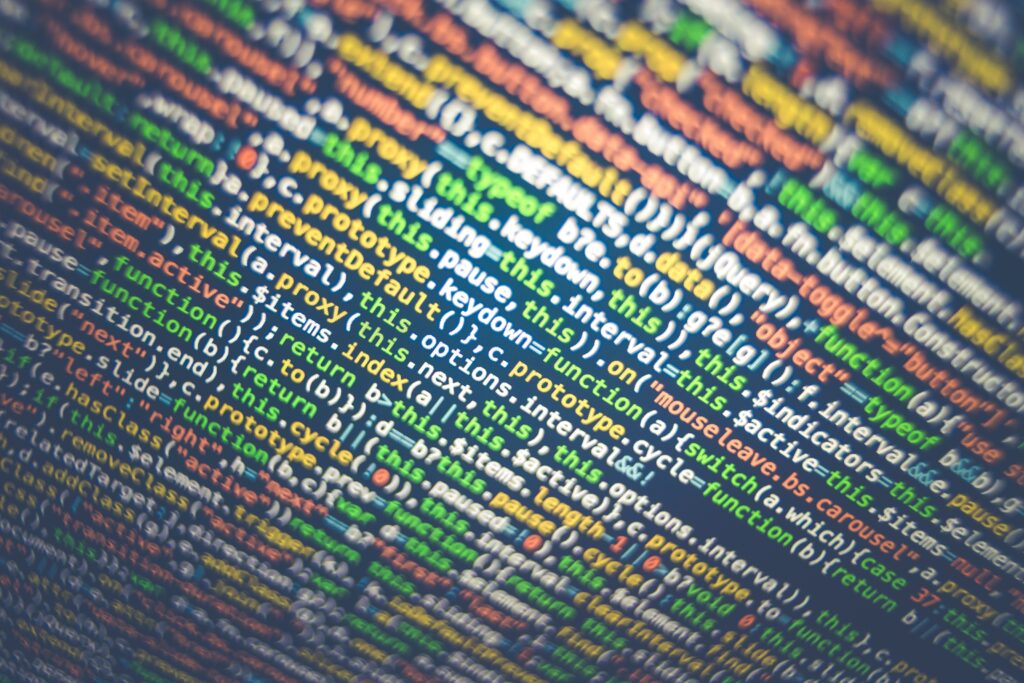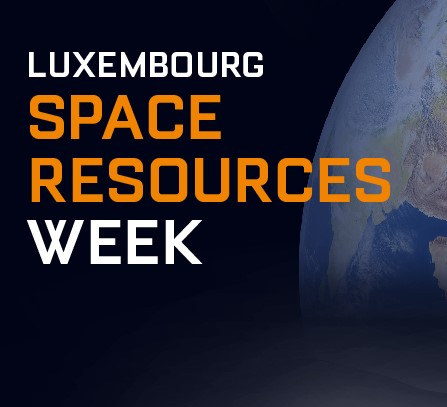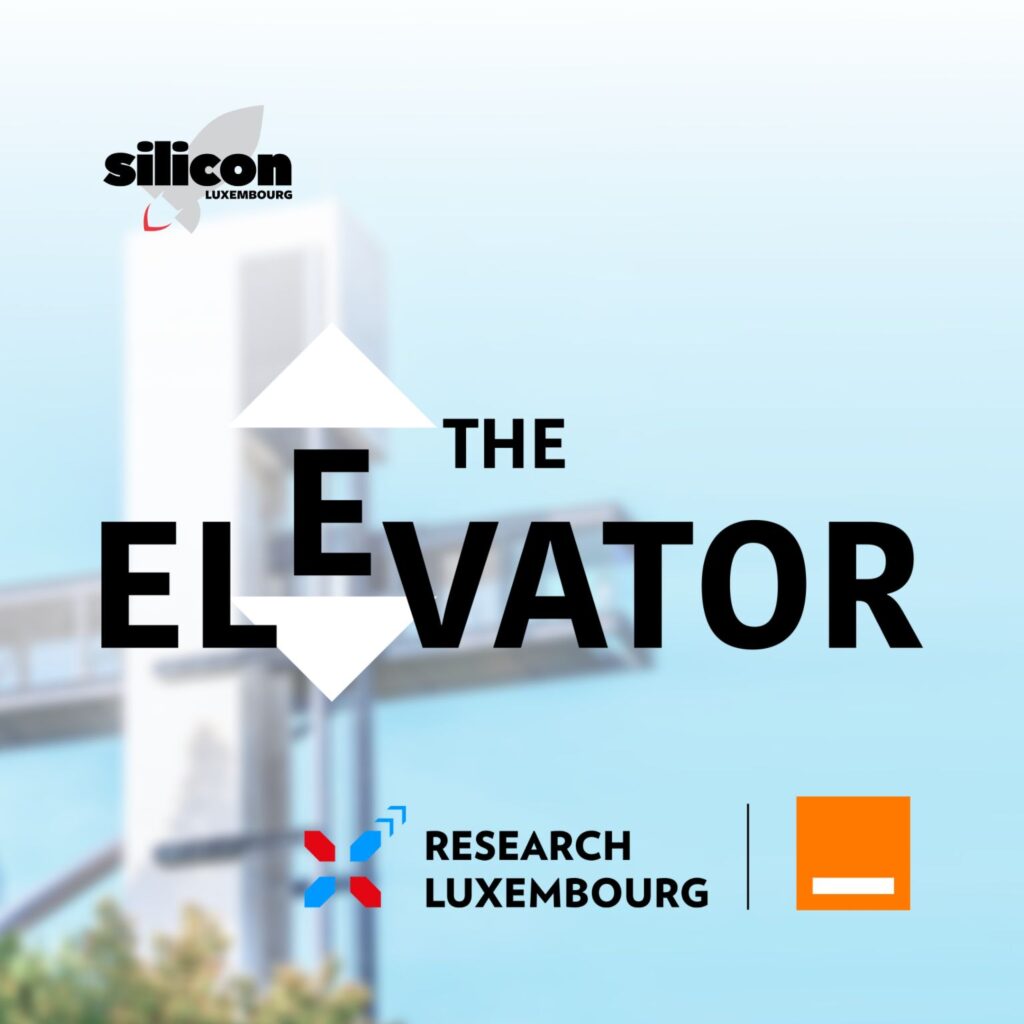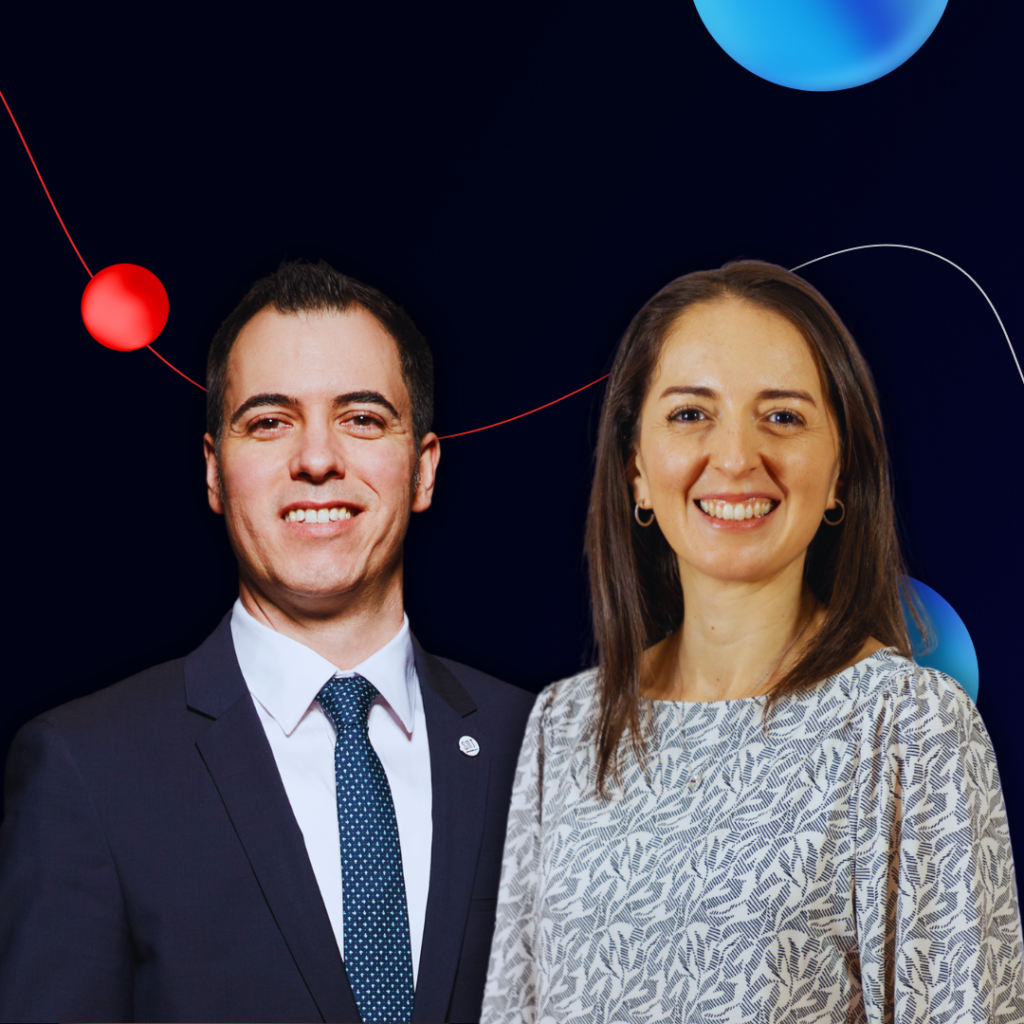7 innovative technologies made in Research Luxembourg to follow
18 July 2022

Tech Day 2022: flagship technologies
During the 2022 edition of LIST Tech Day, 7 new and innovative technologies have been unveiled. Let’s discover these technologies and the researchers behind.
These selected technologies developed by researchers from the Luxembourg Institute of Science and Technology (LIST) highlight Luxembourg’s innovations in green hydrogen production, storage and utilisation as well as materials characterisation.
Energy Transition with Hydrogen
In the ongoing energy transition, hydrogen will play a critical role in establishing a green and circular economy. It will enable the connection of typically disparate sectors of the economy, facilitating emissions reductions across the board and revolutionising the way we produce and consume energy. Mirroring ambitions outlined at the EU and national government levels, in the coming decades, the development and deployment of Hydrogen-related technologies will increase rapidly.
Innovation in synthesis, deposition, processing and characterisation will underpin the large-scale deployment of technology and devices for this Hydrogen-based economy, with the aim to reduce production costs, decrease environmental impact, and create market attractive solutions.
Waterbone Pathogens
From the distribution and management of water to its reuse, all stakeholders are confronted with a common biosafety threat: the contamination of water resources by pathogens. Their detection in real time is thus essential to ensure an agile public health response. If many technologies exist on the market, the implementation of one or even a combination of them can nevertheless prove complex in order to avoid any fault and guarantee a prompt response.
LIST’s tailor-made solution covering the entire water cycle can overcome these challenges. The unique virus sensor prototype that has been developed is setting the stage for a new generation of waterborne pathogen detection technologies.
Construction Supply Chain
The construction sector is one of the main industries contributing to GDP in the world, and at the same time, one of the main sources of material freight and congestion in urban areas. A closer look at a construction site reveals a complex ecosystem where logistics between the supply of materials and the intervention of the various trades is key.
What if a Digital Twin approach could support optimized logistics practices based on material flows consolidation and just-in-time principles? According to case studies in Luxembourg, it would result in a 5% margin increase for construction companies, 66% reduction of deliveries on site and 50% reduction of carbon emissions of material transport.
Explainable AI
When it comes to making a decision with the help of Artificial Intelligence (AI), it is no lie to say that bias can run rampant, with often subjective initial data sets. It would therefore be quite legitimate to ask how to trust the algorithms behind these AI systems and how to make enlightened decisions. The European Parliament is currently working on a regulation on the human and ethical implications of AI, which pose particular risks in sectors such as recruitment.
LIST’s unique technology not only breaks down bias risks by identifying their building blocks with the help of so-called FAIR models, but also gives all end-users the means to make informed decisions thanks to an innovative Explainable AI solution, giving detailed feedback on the results obtained.
A Luxembourg 5G-6G Network Digital Twin
Future communication networks will pave the way for new real-time services with high connectivity needs. But if 5G and its associated technologies constantly unveil new applications for smart mobility, industry and cities, it also raises a more complex horizon for the end-users, whether they are private or professional customers.
Researchers in Luxembourg have been working on several examples of concrete uses of 5G and how new revolutionary services can be created, relying on simulation tools and robots to illustrate projects under development, the research challenges related to the deployment of 5G and future 6G, as well as the interest of using a network digital twin approach. From telecom operators eager to optimise and secure the deployment and use of new networks in a sustainable and cost-effective way to mobility application and service providers, 5G offers incredible potential.
Lunar Water Cycle
Understanding the origin and fate of lunar water unlocks its extraction process and this is precisely the key to the space missions of tomorrow. Being able to extract this resource accurately and efficiently in a sustainable manner under extra-terrestrial conditions makes the colonization of the Moon and space mining possible moving forward: from its use for rocket fuels to vital resources to the production of energy.
The unique prototype that has been unveiled during the LIST Tech Day 2022 meets the current challenges faced by key space stakeholders of the water ice sublimation process under high vacuum and very low temperatures. But the mission of this unprecedented technology does not end there. Looking down to Earth, it has also the potential to become an essential tool for a better understanding of the behaviour of water and the management of natural resources in the framework of climate change.
Smart Agricuture
In light of the impact of climate change, agriculture is facing new challenges, such as extreme weather events, which add to the already recurrent problems of soil degradation and increasing problems in plant protection.
The concept of smart agriculture here comes to life: from a secure cloud platform and emerging communication technologies, which together provide stakeholders with accurate, real-time crop monitoring, to an open web interface based on innovative forecast models, which predicts the migration of insects and development of plant diseases.

